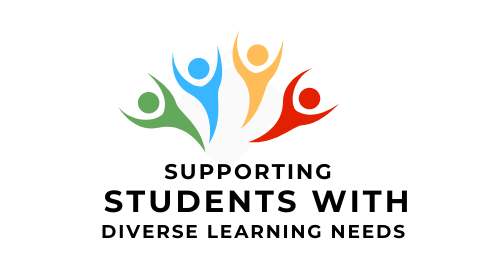Implementing Universal Design for Learning
For over a decade, increasing attention has been paid to how ideas of Universal Design for Learning (UDL) can be implemented in practical terms in the classroom. Building from this research and experience, we will consider:
- the important role of empathy in using UDL as an approach to teaching and learning
- the importance of clear course goals and outcomes in implementation of UDL
- three Principles to guide implementation of UDL
1. Importance of Empathy
Empathy refers to the act of trying to understand another persons perspective or experience. It involves considering what it would be like to be in another persons place, or in a sense, to be another person. This is different from sympathy, where a person considers how they would feel if they themselves had the characteristics or circumstances of another person. The distinction between these two approaches is important because empathy seeks to understand someone elses reality and reactions. It does not assume that the other person will behave or feel as we ourselves would in the same circumstances. Being empathetic requires active listening for, and consideration of another persons perspective or reality. Empathy is a strong vehicle for building understanding and for demonstrating respect for others who have differences from us.
An empathetic approach by faculty in their interactions with students can have a very positive impact on the experience of students with disabilities. In his review of the academic literature of implementation of UDL and the experience of students with learning disabilities in post-secondary education, Orr (2009) found that the nature of instructors interactions with students and their attitude towards their diverse needs, was more impactful to students than any other accommodation or support. When students:
- Felt that their instructors were approachable
- Viewed accommodation as a regular part of classroom practice
- Viewed student learning and success as a central focus in this regard
students were more likely to seek support, and to feel a part of the classroom community. These research findings illustrate the major impact that faculty have on students’ experience in their post-secondary studies.
Classroom climate has a strong impact on the experience of diverse learners. Increasing diversity is a reality in most classrooms today. Differences in ability, learning styles, educational and cultural backgrounds, among other factors, mean that it is even more important for faculty to get to know their students. By doing so, they are able to understand better how they learn, when they are experiencing challenges, and what solutions may work for them.
Orrs (2009) research found several examples of approaches that students reported helped demonstrate an empathetic, understanding, approachable, and respectful attitude towards diversity. Some of these examples include:
- Providing a variety of means to consult with instructors such as both on-line and in person office hours
- Instructors invitation to students to talk with them about any learning challenges and issues early in the course
- Holding high expectations for all students including those with disabilities
- Approaching accommodation needs and assistive technology in the classroom with a cooperative collaborative approach
The following video demonstrates empathy as a foundation for teaching diverse students promotes a successful learning experience for students, and also provides instructors with the ability to develop understanding and build knowledge on how to respond effectively to diverse learning needs.
Video of instructor modeling Empathy and Understanding in working with diverse students.
As you watch this video, consider what climate this likely created in her class.
